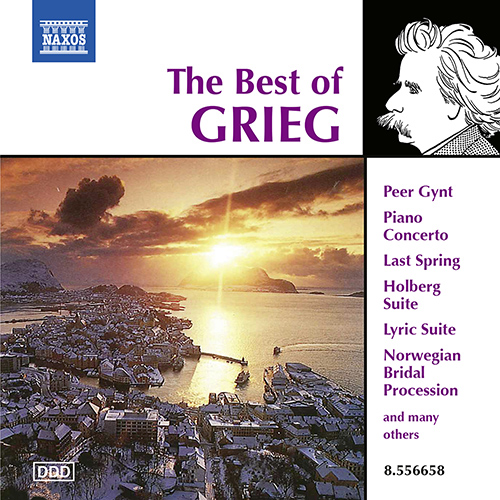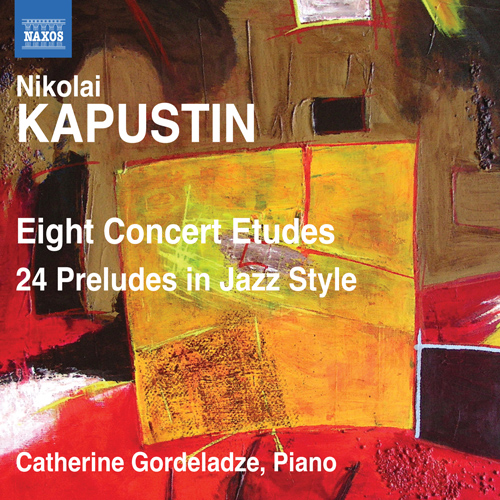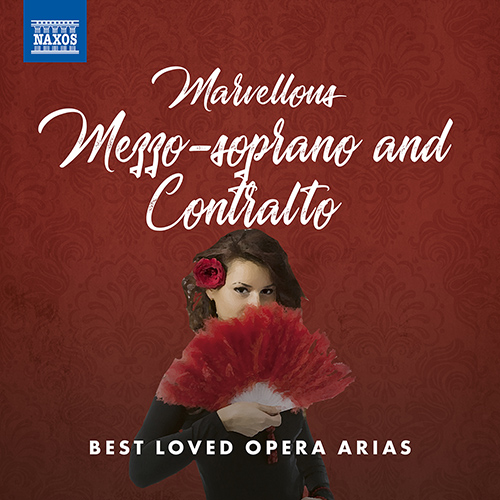‘Giltburg is a joy to hear… With Vassily Sinaisky rousing the Brussels Philharmonic to play at the top of their game…these are among the finest accounts of these works alongside Wild, Shelley, Hough and of course the composer himself.’ – Gramophone
Tosca is a melodrama of love, betrayal and death set in the revolutionary unrest of 1800. The story concerns the opera singer Floria Tosca who tries to save her lover, the painter Mario Cavaradossi, from the brutal chief of police, Scarpia. Through-composed and expertly orchestrated it contains some of Puccini’s best-known lyrical arias and remains one of his most performed operas. In this 2022 production, an eminent cast is directed by the acclaimed Australian director Barrie Kosky – ‘the Amsterdam audience was completely swept off its feet by Kosky’s stunning production’ (Opera News).
‘Marc Lewon has once again been guided by his sense of discovery and unearthed a true musical treasure…’ – Pizzicato ★★★★★
Vitĕzslav Novák was one of the most important Czech composers of the late 19th and early 20th centuries. The Moravian-Slovak Suite is one of his most popular works, evoking an eventful and romance-filled day in a Slovakian village. Recorded here for the first time since its rediscovery by producer Jiří Štilec, the Two Wallachian Dances further invoke Novák’s passion for folk music. De profundis was written during the dark days of the Second World War. It includes an important part for organ which is unleashed with full force in one of the most triumphant conclusions in all of 20th-century music.
Anton Rubinstein’s remarkable virtuoso career during the 19th century coincided almost exactly with the final developments of the modern piano. The increasing popularity of the instrument combined with Rubinstein’s formidable execution earned him enormous popularity as a performer. The Six Preludes and Fugues in Free Style are major works, each piece dedicated and alluding to famous composers and performers of the day. The charming Three Pieces are small-scale character works, while the Concert Étude in C major is a witty display piece in which ‘wrong notes’ are instantly corrected, like an errant pupil attempting to disguise mistakes.
The eclectic career of multi award-winning composer Laurent Petitgirard has seen him become one of France’s leading musicians and conductors, as well as taking him into the worlds of opera and ballet. The Journey to the West is a ballet that tells the story of a monk named Xuanzang who is sent on a perilous journey of redemption from China to India in order to seek out the scriptures of truth in the land of Buddha. The ordeals of Xuanzang and his companions are expressed in music that reflects the poetry and spiritual elevation found in this great monument of Chinese literature.
This is Naxos’s fifth album devoted to the music of leading American composer, Jonathan Leshnoff. He was GRAMMY-nominated for his album Violins of Hope (Naxos 8.559809) and is among the most frequently performed of living composers. The themes of these recent works are remembrance, memorialization, and hopefulness. Elegy addresses ideas of harmony and discord through contrasting thematic ideas. The Violin Concerto No. 2 follows the ‘symphony-concerto’ model with a resonant and lyrical slow movement inspired by Jewish mysticism at its core. Pulsating harmonies eventually subside into serene and hopeful writing in Of Thee I Sing, written in an act of creative transcendence to commemorate the 1995 Oklahoma City bombing.
Between 1953 and 1967, the Italian composer Mario Castelnuovo-Tedesco wrote a series of Greeting Cards. These 52 musical folios, 21 of which were written for the guitar – an instrument that had inspired him since he first heard Segovia perform – are pen portraits of admired colleagues. Castelnuovo-Tedesco’s imagination and technical mastery are reinforced by the use of rhythms associated with the dedicatees’ nationality or through evocations inspired by their names. The cycle offers a surprising, generous and rewarding body of musical cryptology that belies its small-scale form.
Treading a tightrope between death, life and intense romance in the opulent w world of 19th-century Habsburg royalty, Elisabeth tells the story of the beautiful Empress of Austria, from her wedding, to her tragic assassination by the hand of the Italian anarchist Luigi Lucheni. Ongoing dark obsessions and inner turmoil are undercurrents as family schisms flfl are up amidst a crumbling empire. These powerful themes and a potent score brimming with fabulous music have combined to establish Elisabeth as the most successful German-language musical of all time. This spectacular open-air event presents Elisabeth at the fabled empress’s real-life home – Schönbrunn Palace in Vienna.
‘Mahler may have felt that Schumann needed a little practical help in places, but the quality that emerges most of all in his slightly re-engineered versions is profound respect.’ – BBC Music Magazine ★★★★★
‘Slatkin conducts without any showmanship, exciting, impulsive, and emphasizing the composer’s art of orchestration with a carefully balanced, melodious and always very vital drive that does not exclude the lyrical flow in the slow movements.’ – Pizzicato
‘Marc Soustrot conducts Saint-Saëns as if it were a piece of his own. Everything is right here, tempi, dynamics, the progression of the music, creating moods that hold the listener captive.’ – Pizzicato
Arguably the finest recordings of Dowland’s much-loved lute music, Nigel North’s Dowland Lute Edition has gained him a garland of critical accolades: ‘A collector’s item’ (The Times on Vol 1, 8.557586), ‘a remarkable performance of wonderful music’ (American Record Guide on Vol 2, 8.557862), ‘North’s sweet-toned playing is both unfailingly musical and highly imaginative’ (Gramophone on Vol 3, 8.570449), ‘Nigel North’s Dowland cycle sets a new benchmark’ (5 STARS, BBC Music Magazine), ‘Everything comes together for perfection.’ (MusicWeb International on Vol 4, 8.570284). Nigel North is one of the most highly respected lutenists today.
Foot in the Door is The Hartt school’s new music ensemble. The music featured on this album was written for – and premiered by – the ensemble, and is the work of Hartt alumni, or current and former faculty members. The pieces owe their inspiration to a TV series, to the mutations of fire, aerosol physics, political resistance, the process of breathing in meditation, and to the beauty of rebirth in the spring. The music is crafted to showcase the virtuosity and stylistic variety of this ensemble.
‘A stunning performance.’ – The WholeNote
‘superlative in every way, it is a no-brainer for starting with this music’ – American Record Guide
The mezzo-soprano voice, lower than a soprano but higher than a contralto, yet possessing the qualities of both, is notable for a wide vocal range and colour that is especially suitable for operatic roles. It is used to portray characters such as Rossini’s lovestruck heroines or the seductive Carmen. Donizetti’s bel canto lyricism also contrasts sharply with Verdi’s dramatic roles, and when a full-throated mezzo gets her teeth into the dark and thrilling Macbeth, the rewards are immense. With characters ranging from the youthfully ebullient Isabella in Rossini’s L’Italiana in Algeri to the emotionally tortured Amneris in Verdi’s Aida, all of operatic life can be found here.
‘Michael Halász and the Czech Chamber Philharmonic bring grace and vigour to the Symphonies Concertantes while the Symphony bounces along full of charm.’ – BBC Music Magazine ★★★★







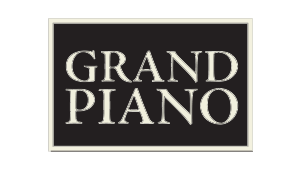
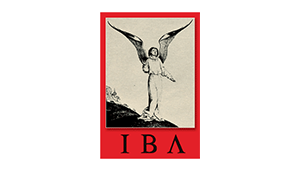



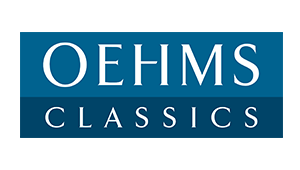
















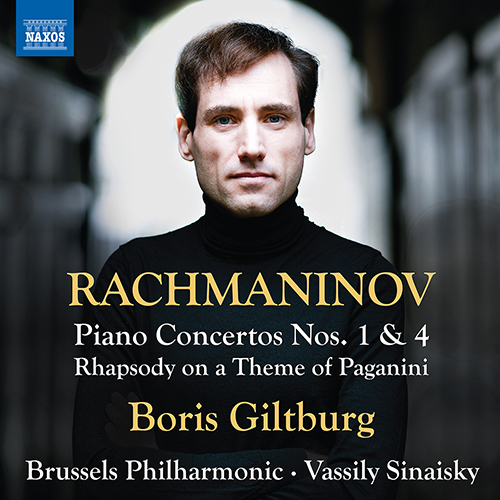
![PUCCINI, G.: Tosca [Opera] (DNO, 2022) (NTSC) PUCCINI, G.: Tosca [Opera] (DNO, 2022) (NTSC)](../../../SharedFiles/Images/cds/hires/2.110752.jpg)
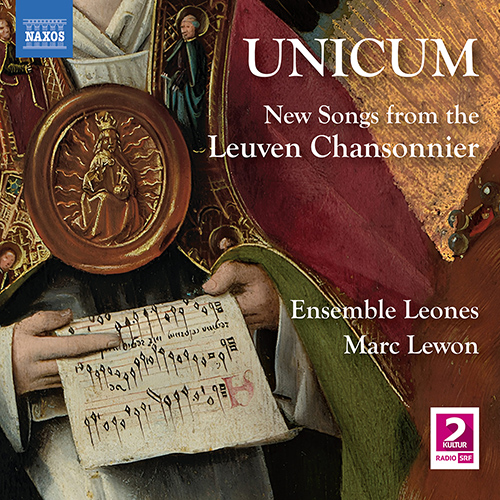
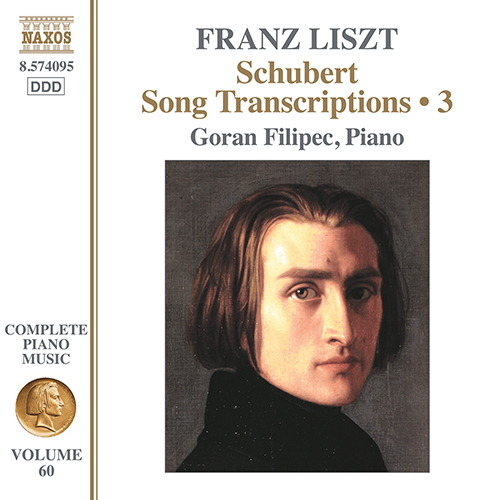
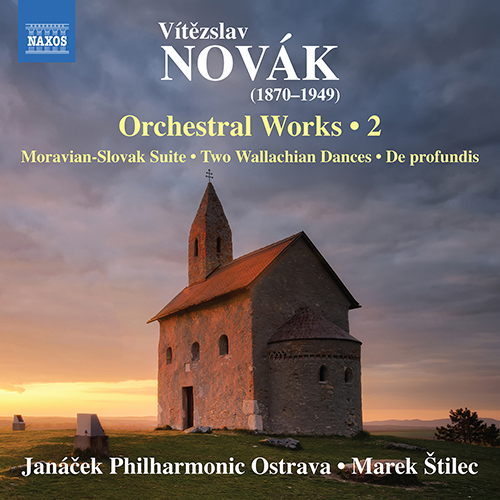
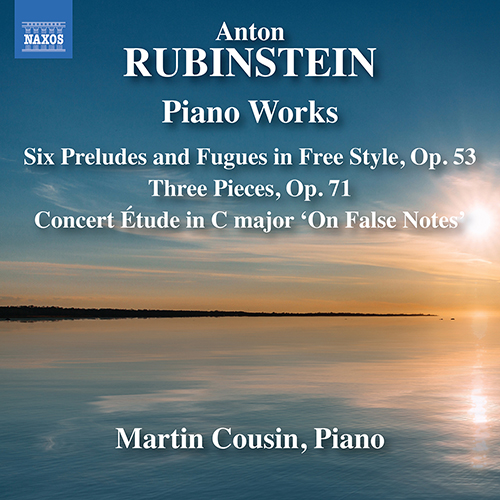
![PETITGIRARD, L.: Si Yeou Ki (The Journey to the West) [Ballet] PETITGIRARD, L.: Si Yeou Ki (The Journey to the West) [Ballet]](../../../SharedFiles/Images/cds/hires/8.574392.jpg)
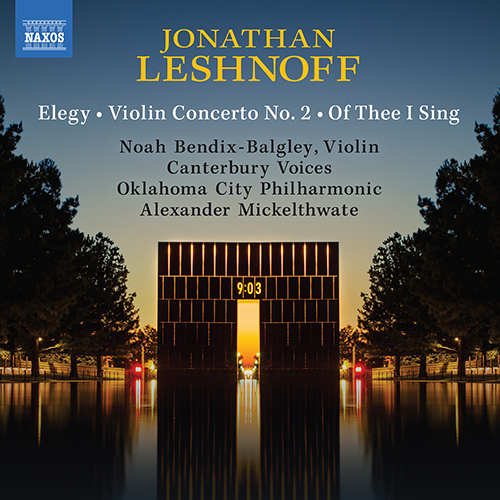
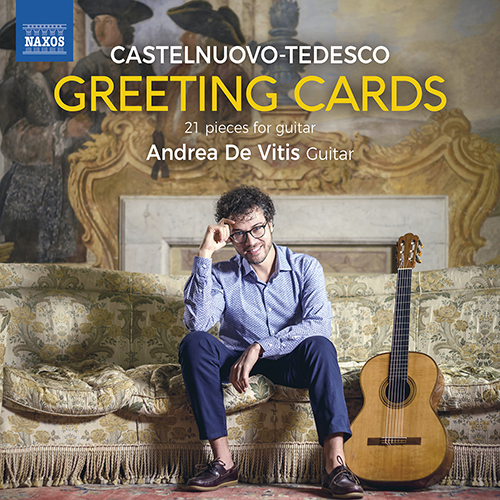
![LEVAY, S.: Elisabeth [Musical] (Vereinigte Bühnen Wien, 2022) (NTSC) LEVAY, S.: Elisabeth [Musical] (Vereinigte Bühnen Wien, 2022) (NTSC)](../../../SharedFiles/Images/cds/hires/2.110749.jpg)
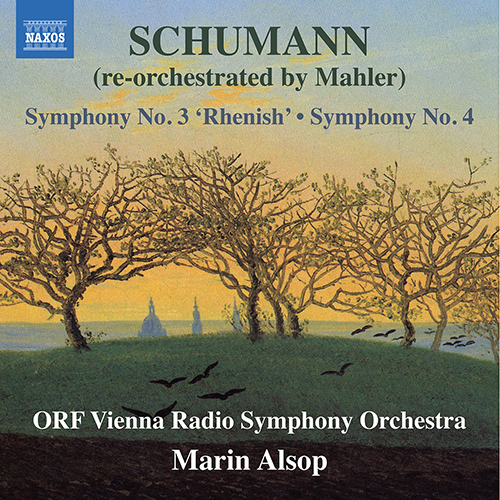
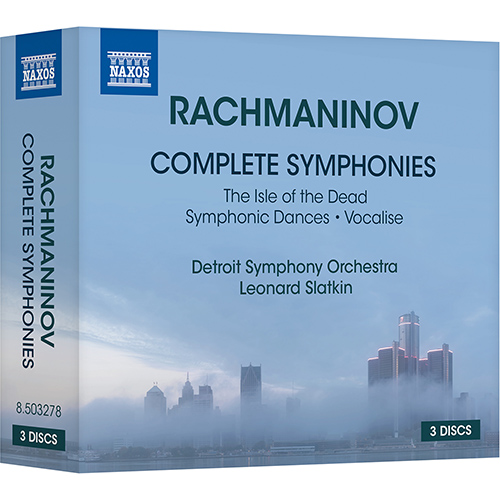
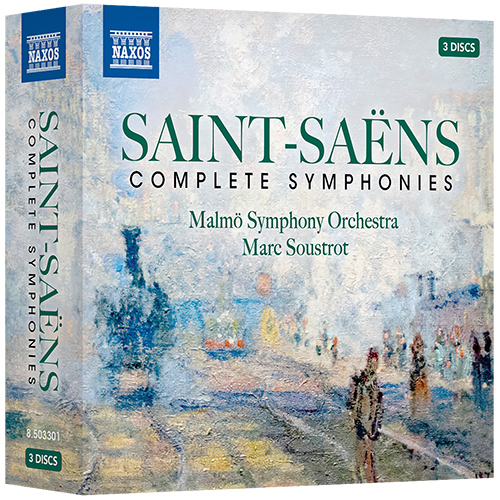

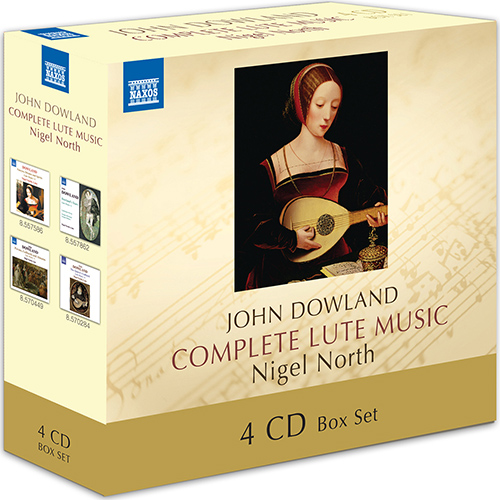
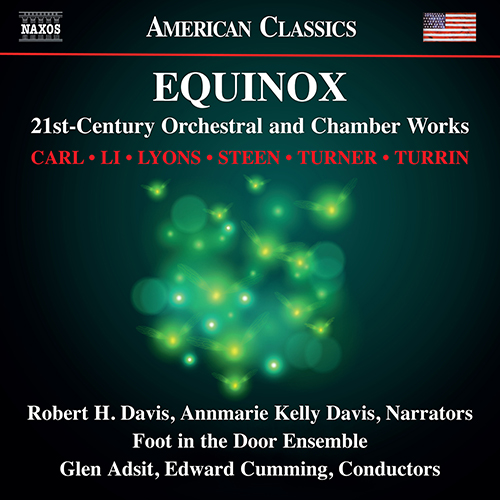
![SCHUBERT, F.: Winterreise (Eine) (staged version by C. Loy) [Opera] (Theater Basel, 2022) (NTSC) SCHUBERT, F.: Winterreise (Eine) (staged version by C. Loy) [Opera] (Theater Basel, 2022) (NTSC)](../../../SharedFiles/Images/cds/hires/2.110751.jpg)
